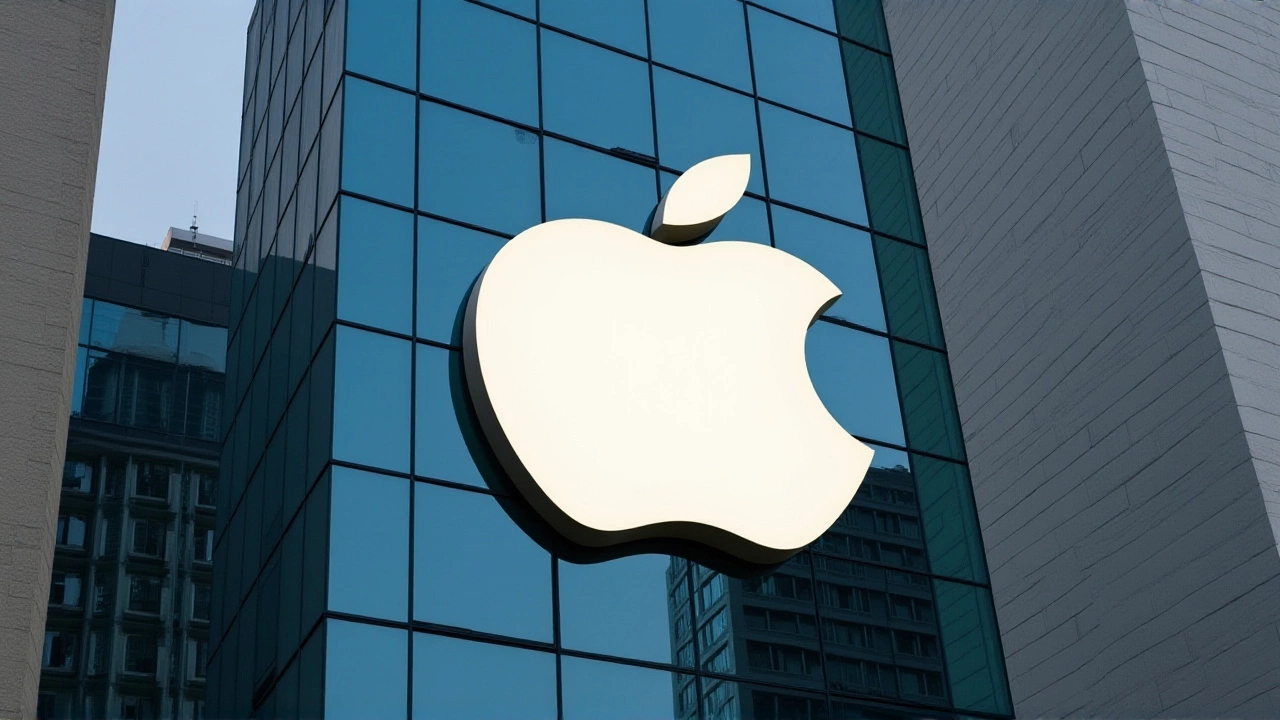AI Performance: Measuring Speed, Accuracy, and Impact
When we talk about AI performance, the ability of artificial intelligence systems to deliver results quickly, accurately, and efficiently across different tasks. Also known as AI efficiency, it matters to anyone building chatbots, recommendation engines, or autonomous tools. AI performance isn’t a single number; it’s a blend of latency, throughput, precision, and resource use that together decide whether an AI solution feels snappy or sluggish.
One of the biggest drivers behind good AI performance is Machine Learning, a set of algorithms that let computers improve from data without explicit programming. Machine Learning defines the models you train, the data you feed them, and the metrics you track. A well‑tuned model can achieve high accuracy, but if it requires hours to answer a single query, it fails the performance test. That’s why practitioners keep an eye on both quality and speed.
Hardware plays an equally crucial role. GPU acceleration, the use of graphics processing units to speed up parallel computations in AI workloads, has become the default way to crunch large tensors. GPUs shave inference time from seconds to milliseconds, letting real‑time applications like voice assistants stay responsive. When you pair a fast GPU with optimized code, the inference latency drops dramatically, a direct boost to overall AI performance.
But hardware alone doesn’t guarantee results. Benchmarking, standardized tests that compare AI models on speed, accuracy, and resource consumption, provides the data needed to make informed choices. Benchmarks such as MLPerf create a common language: they let you say “Model A runs at 200 inferences per second on a V100 GPU with 95% top‑1 accuracy.” Those numbers become the basis for deciding which model to deploy in production.
From a practical standpoint, three semantic triples capture the core relationships: AI performance encompasses inference speed; AI performance requires high‑quality data; and GPU acceleration influences AI performance. Together they form a loop: better data fuels better models, better models demand faster hardware, and faster hardware unlocks tighter feedback cycles for data improvement.
When you look at real‑world projects, you’ll see these concepts intersect. A fintech startup might use a deep‑learning fraud detector; the model’s accuracy protects money, while its sub‑second response time keeps customers happy. A media company could rely on recommendation algorithms where latency decides whether a viewer stays on the platform. In both cases, the mix of Machine Learning techniques, GPU‑driven inference, and rigorous benchmarking defines success.
What to Expect From the Articles Below
The collection you’re about to explore touches on the broader ecosystem that shapes AI performance. You’ll find pieces on emerging technologies like quantum computing that could rewrite performance limits, insights on how AI integrates with marketing and digital transformation, and discussions about the roles tech companies need to manage AI workloads effectively. Each article adds a layer—whether it’s a deep dive into hardware trends, a look at data quality challenges, or a strategic view of AI in business—helping you build a fuller picture of what makes AI perform at its best.
Ready to dive deeper? Below are the curated posts that expand on the themes of model efficiency, hardware choices, benchmarking standards, and the strategic impact of AI across industries. They’ll give you practical tips, future‑looking perspectives, and enough context to apply these ideas to your own projects.
